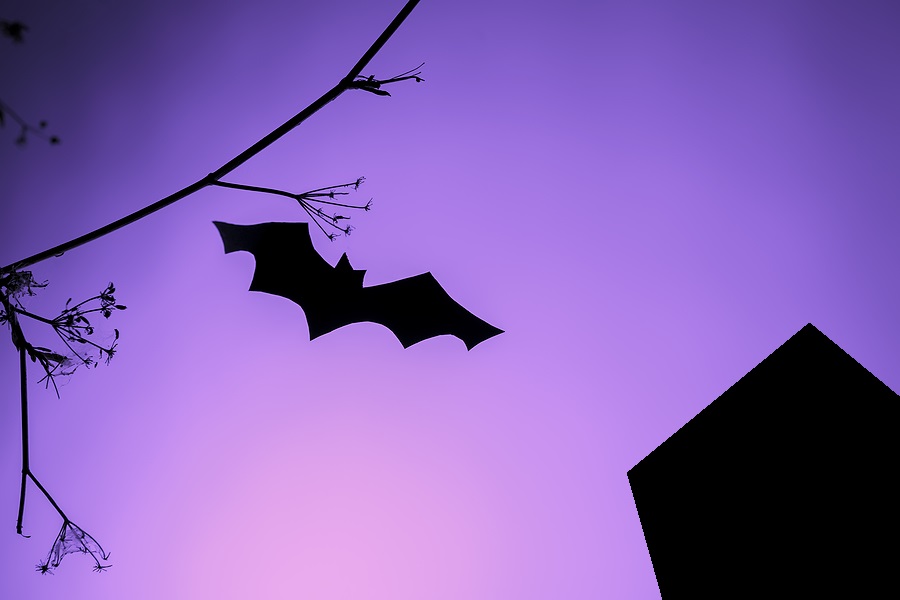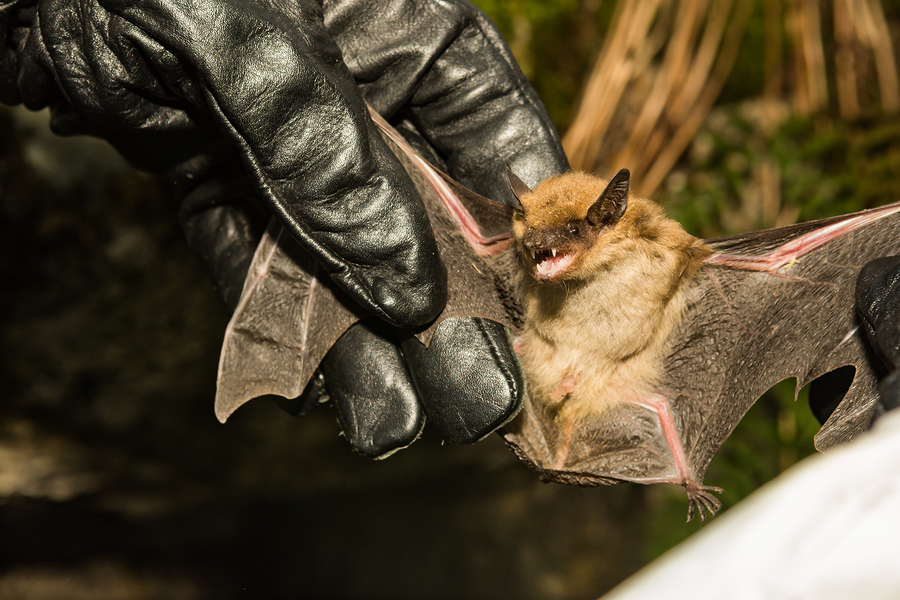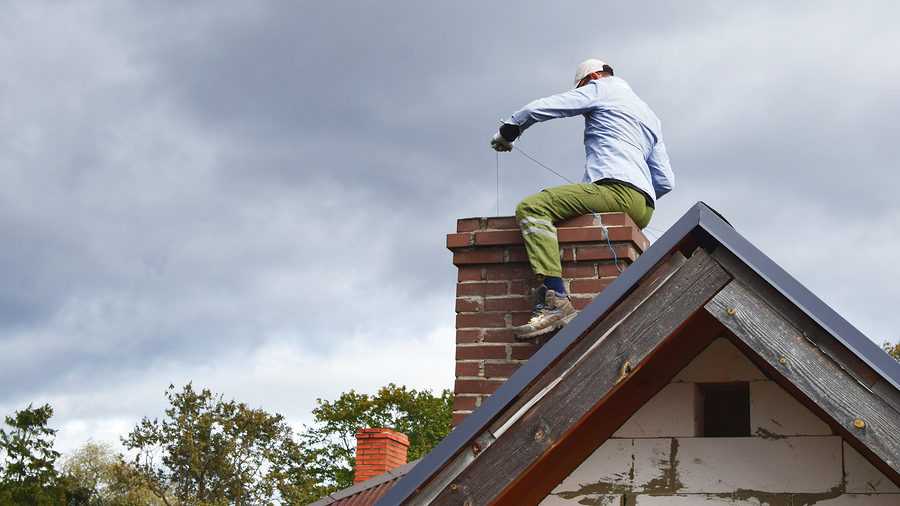Bats are not mysterious animals. They are mammals that we know much about. So, if you have a nuisance bat problem in or around your property, we can mostly likely tell you why. Continue reading to learn some pertinent facts about bats, including what attracts them to a property.

Why Bats Like Your House
Bats do not choose to locate in an area for no good reason. Bats like certain properties more than others because of what they have to offer. Most of all, bats are looking for areas that have a water source, ample food, privacy, security from predators, and climate control. In detail, here are the main features and conditions that attract bats to a house or commercial property:
⚠ There was Space. There is an area of your property that has ample space for bats to rest, such as accessible wall voids, crawl spaces, attics, vents, and similar places.
⚠ There is a Body of Water. Your property is located directly nearby a body of water, such as a lake, pond, river, creek, or stream. All mammals need water, and bats are not different.
⚠ There is Food. Your property has a lot of bugs. Bats are insectivores, and eat small flying insects, like mosquitoes, gnats, fleas, flies, and more.
⚠ Your Property is Structurally Vulnerable. Your property has small holes, gaps, and openings that bats can squeeze through to access inside. They only need 3/8th of an inch!
How to Solve a Nuisance Bat Problem
Bats are ecologically important, plus beneficial to our economy. They are also protected under local and federal laws that govern wildlife, some of which even being listed as an endangered species. For these reasons and more, bat abatement should never be implemented by anyone other than a licensed wildlife control professional. To resolve your bat issue, contact an Indianapolis bat removal and control company for help. See our blog, “Nuisance Bat Control in 3 Steps or Less” to learn how you can do your part to control nuisance bat activity around your house or building.
Indianapolis Bat Removal and Control Services at Affordable Prices
Call 317-535-4605 for professional, DNR licensed bat removal and control in Indianapolis and Central Indiana. We provide safe and humane solutions for nuisance bat problems on residential and commercial properties. Our DNR licensed contractors provide bat removal, bat proofing, bat cleanup, emergency service, and restorations for bat damages. Call 317-535-4605 to request a free estimate for Indianapolis bat removal and control, today.



